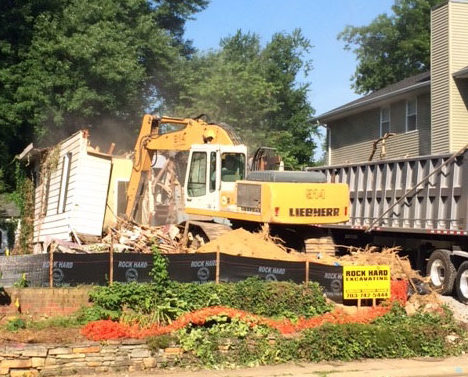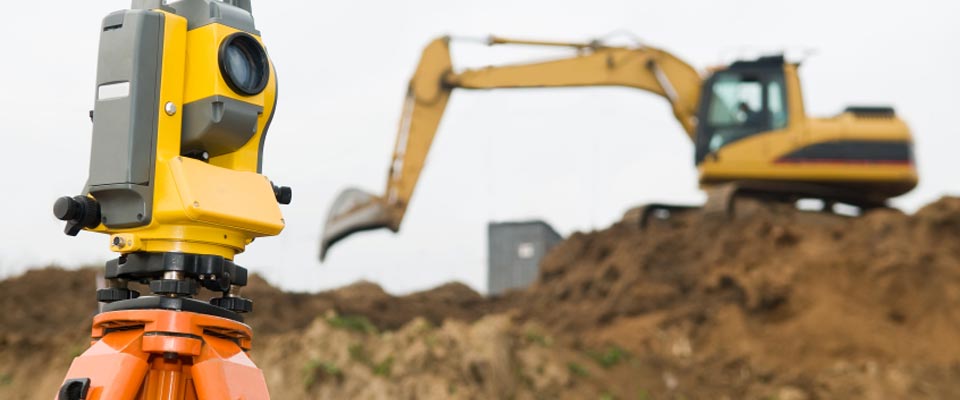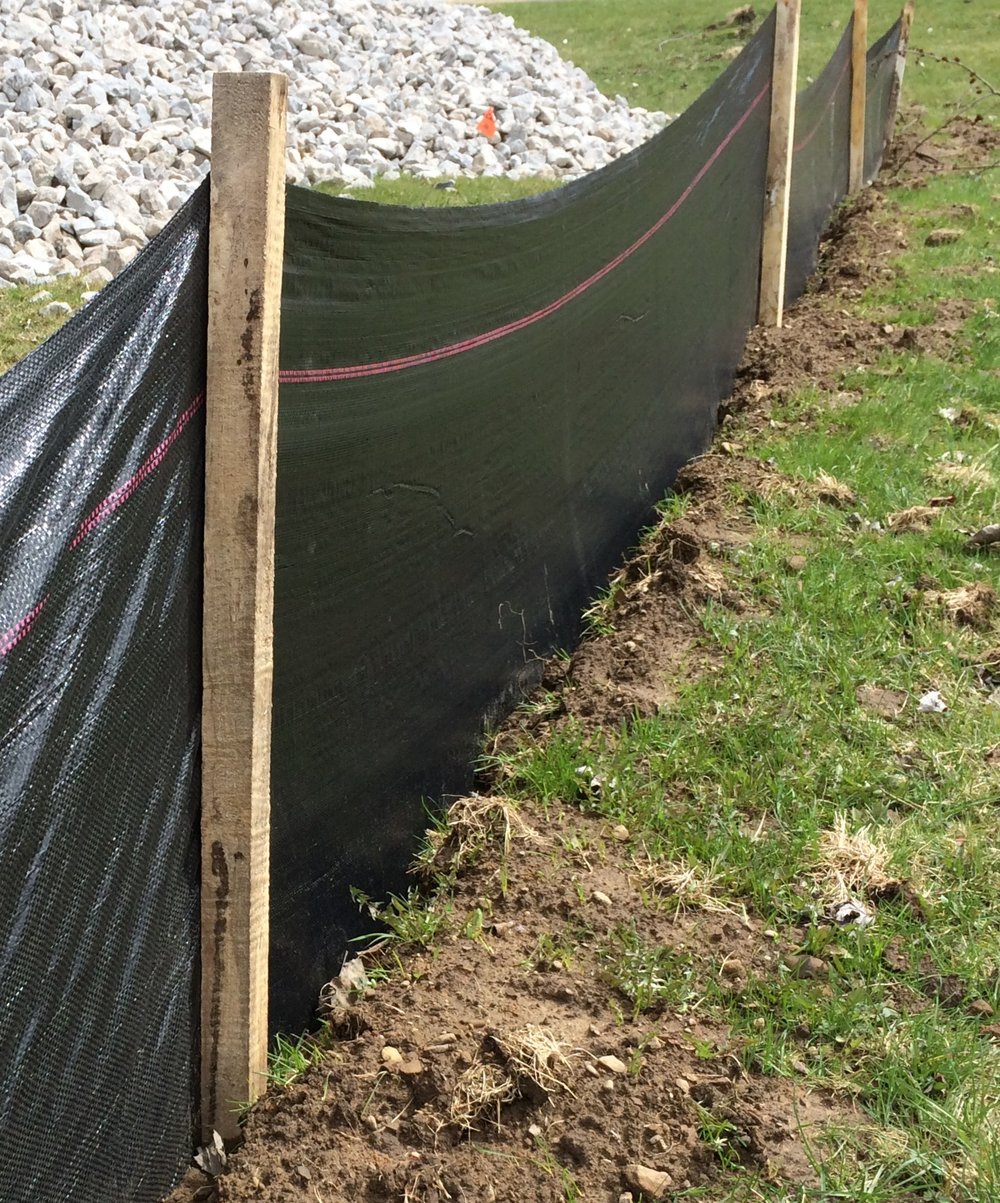

Last month, I kicked off a new series all about site development. Through this series, I will dissect the site development process required when building a custom home and also give you tips on what to really expect. I want you to be well-informed and prepared for this process. We don’t claim to know it all, but we’ve seen quite a bit over the last 30+ years.
So far, I’ve covered the site development activities that occur prior to construction. Today, I’m talking about what happens after permits are approved and construction is ready to begin.
But first, 3 quick reminders…
#1 – for purposes of this blog series, I’m basing all my information on a 10,000 square foot lot, with an existing home (to be demolished) with existing public utilities, and located in Fairfax County.
#2 – I’m writing based on what I know, the day I’m writing. We work in a very fluid environment which means on any given day, things can change.
#3 – I’m doing my best. I don’t know everything and I can’t predict everything. But what I want to share with you is the experience of building over the last 30 years (18 years for me personally).

County Pre-Construction Site Inspection
Almost all municipalities will want to have a meeting with the owner and/or site subcontractor before anything is done on the lot. The purpose of this meeting is to make sure the owner and/or site subcontractor understand the county’s expectations during construction. Topics include erosion control, keeping areas around the site clean, tree protection, etc.
Site Preparation

Site preparation includes anything that needs to be done for the lot prior to the start of construction (demolition/clearing of structures, trees, and debris, installation of the construction driveway, silt fence and any tree protection required).
Site Engineering

The site engineer may be required to perform various engineering activities, both prior to and during construction.
Dirt Removal
Dirt removal may be required if there is extra dirt left after the hole is excavated for the new house. If you have a relatively flat lot, you will have dirt removal so budget accordingly for these additional site costs. The excavator digging the hole for the foundation will arrange to have the extra dirt removed from the site.
Utility Installation
Water, sewer, gas, and power service will need to be run to the new the house. Typically, sewer & water can be done during the foundation stage (best to do this before backfill!). Permanent gas and power can’t go in until the house is a little further along.
Construction Driveway & Silt Fence Maintenance

Once the initial driveway and silt fence are installed, there will likely be maintenance throughout the construction process. Driveways in particular take a beating from heavy truck traffic and weather so don’t be surprised if additional gravel is needed. Good access is essential to a smooth construction process so don’t neglect it (site inspectors will make sure access and erosion control measures are being kept up throughout construction).
Unknowns For This Phase
What To Budget For This Phase

I think this is the hardest phase of construction. Getting through the unknowns of the foundation stage takes expertise and guidance from the builder. Find one who cares about you and your wallet. It can make all the difference in getting through this process and actually enjoying it.
Dream Big. Build Smart.
For more detail on site prep, check out this post!